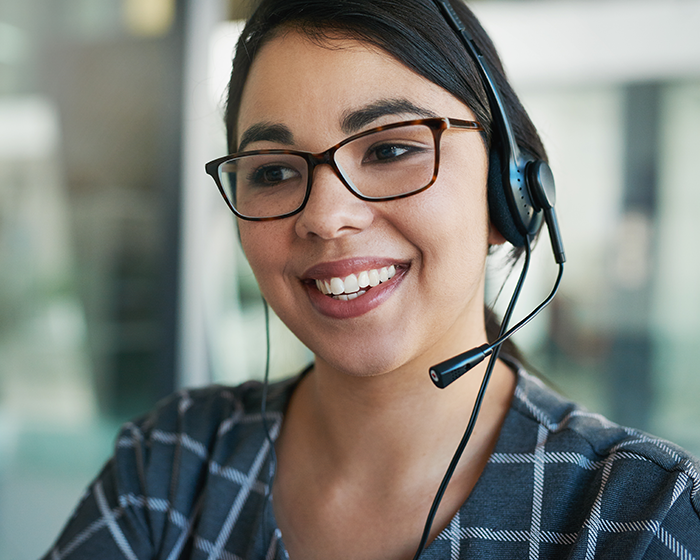Here For You.
While some content from our website has been removed, please know that our advocates are trained to support all people in a wide variety of situations, including those in underserved populations. We are committed to ensuring accessibility for all and providing life-saving support confidentially and without judgment. You are never alone – we are here for you.
Nearly 80% of our funding comes from the federal government. In light of recent policy updates, The Hotline has adjusted its content to remain in compliance while continuing to serve all those in need. Protecting our ability to provide these critical services relied on by more than 7.3 million people to date remains our top priority. We are steadfast in our mission and will continue to adapt to ensure that no one is left without support.
-The Hotline’s Board of Directors and Leadership




